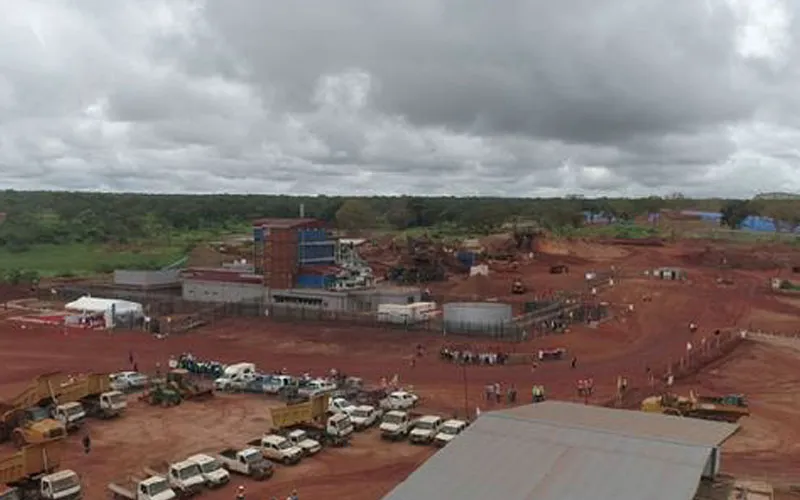Maputo, 04 December, 2022 / 9:00 pm (ACI Africa).
Traditional healers are vaccinating groups of young men in Cabo Delgado Province in northern Mozambique and allowing them to go ahead and fight militias that continue to wreak havoc in the embattled province.
In a report shared with ACI Africa, Johan Viljoen, the Director of Denis Hurley Peace Institute (DHPI), a Catholic institution that is researching the evolution of the five-year violence in Northern Mozambique says that the vaccination using traditional herbs is aimed at making the young men impenetrable by bullets.
Mr. Viljoen says that the traditional healers, also referred to as the Napharamas, were first prominent during the country’s 15-year civil war that ended in 1992, and are now gaining popularity as the country fights suspected members of Al Shabaab.
The official of the peace entity of the Southern African Catholic Bishops’ Conference (SACBC) says that during the civil war, Mozambique saw “groups of young men who received vaccinations of a secret herbal formula from traditional healers, deemed to make them impervious to bullets.”
The young men, he says, used the said powers “to free their land of occupying forces.”








